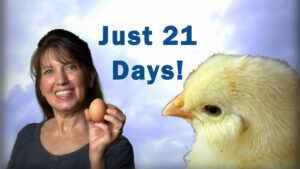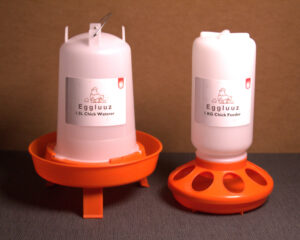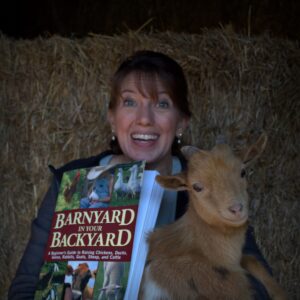Baby Chick Hatching from Egg in Incubator (Chicken Hatch)
Last Updated: July 6, 2024
Disclaimer: Pioneer Mountain Homestead videos are for entertainment purposes only. Always do your own research and stay safe!

#pioneermountainhomestead #pmhomestead #raystown #pennsylvania #raystownfarm #homesteader #homestead #peep #homesteading #brenatpmh #chickens #chicken #chick #hatching #egg #hatchingeggs #incubator #layerhens
For the past 21 days, this egg has been nestled in the warmth of an incubator, where temperature and humidity are controlled. Basically, if you can control temperature and humidity for 21 days straight, you don’t need an incubator, but it is an affordable and easy option. Better than an incubator is a broody hen.
A broody hen, for those that don’t know, is a hen that will sit on eggs for extended periods, keeping them warm with her body heat and occasionally turning them to ensure even development. Broody hens will often puff up their feathers, cluck softly if you get near, and become fiercely protective of their nest. They are dedicated to hatching out a new generation of chicks.
For an incubator, I set the temperature for 100 degrees Fahrenheit (as a side, I know different sources vary, so I’m just saying what is successful for me. I’ve heard of temperatures from 99.5 to 100.5 degrees Fahrenheit, so I shoot for somewhere in the middle). I try to maintain humidity at about 50-55% for the first 18 days. I then increase it to about 60 to 65% for the final 3 days. Additionally, I mist the eggs the final three days (just lightly….don’t drown them) with a mist pump. This seems to prevent the egg from drying out too much and then the chick becomes trapped by its own too dry shell. Some people call the dried out eggs “mummies” or “mummy eggs”.
With the exception of the final three days, all eggs need to be turned at least twice daily. Some incubators come equipped with automatic turners. You can also elect to get an incubator without an egg turner, but that will require someone to manually turn the eggs twice each day. Do not turn eggs the final three days. This is when the chick is positioning itself in order to leave the shell.
As hatching day approaches, the chick inside becomes more active, tapping and pecking at the shell with its egg tooth, a small bump on its beak specially designed for this purpose. Once the peep pecks enough of the shell to open it, it will give a large push and release itself from the shell. This moment marks the end of its journey within the egg and the beginning of its adventure in the outside world.
As homesteaders, we play a crucial role in this process, ensuring that the incubator provides the perfect conditions for healthy development. We monitor temperature and humidity levels diligently and turn the eggs if needed. Once hatched, these chicks will rely on us for warmth, food, and protection. It’s a responsibility we take seriously, knowing that each chick represents a member of our future flock.
Other platforms to view the video:
Other products or information you may be interested in:
Disclosure of Material Connection: Some of the links in this page or post may be “affiliate links”. This means that if you click on the link, Pioneer Mountain Homestead, LLC may receive an affiliate commission at no direct cost to you. Pioneer Mountain Homestead, LLC only recommends products or services that the owners, managers, or employees of Pioneer Mountain Homestead, LLC use or believe will add value to the readers of this website. This disclosure is made with the Federal Trade Commission’s 16 CFR, Part 255: “Guides Concerning the Use of Endorsements and Testimonials in Advertising.”



